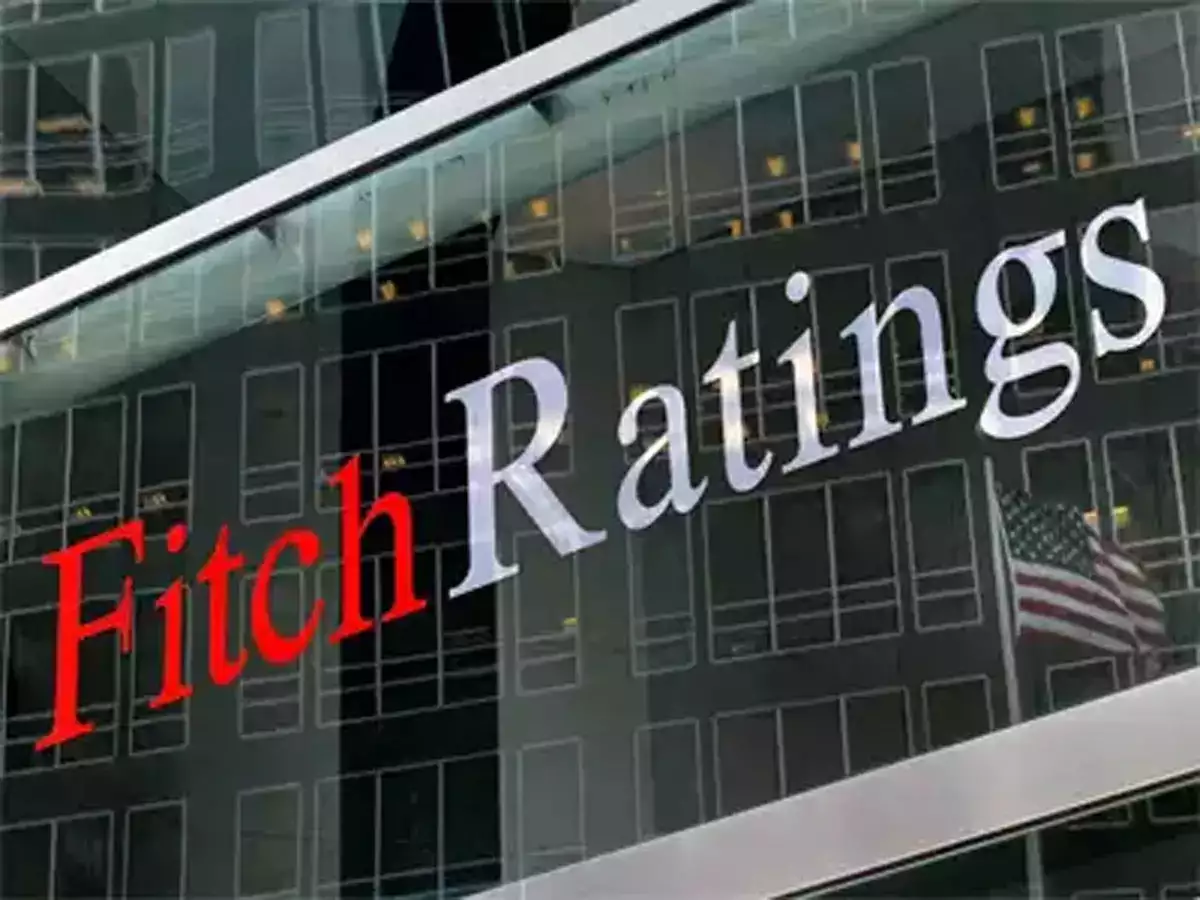Vodafone Idea (Vi) is in talks with major global satellite communication firms, including Elon Musk’s Starlink and Amazon Kuiper. These potential partnerships come as Vi accelerates its 5G deployment to curb subscriber losses to larger competitors, according to a report by The Economic Times.
Vi’s Chief Technology Officer, Jagbir Singh, acknowledged recent alliances between Starlink and telecom giants Bharti Airtel and Reliance Jio. He confirmed that Vi is in talks with industry partners and will disclose updates at an appropriate time.
Vi’s 5G rollout strategy
Unlike its rivals, Vi is not aiming for an aggressive nationwide 5G expansion. Instead, it is prioritising key cities to strengthen its network and retain users. The report quoted Singh as saying that the company is focusing on strategic deployments rather than matching the rapid expansion efforts of Reliance Jio and Bharti Airtel.
While Airtel and Jio have already completed their nationwide 5G rollouts, Vi’s relatively smaller 4G coverage has led to significant subscriber migration to these competitors. To attract customers, Vi has introduced competitive 5G pricing, starting at Rs 299, which undercuts Airtel’s Rs 379 plan and Jio’s Rs 349 offer.
Future expansion plans
Vi has committed Rs 50,000-55,000 crore in capital expenditure over the next three years to expand its network. Despite delays in securing bank funding, Singh assured that this would not impede infrastructure investments or vendor agreements, The Economic Times mentioned.
Following the Mumbai launch, Vi plans to extend its 5G services to Delhi, Bengaluru, Chandigarh, Patna, and Mysore by April. The subsequent phase will cover Maharashtra, Gujarat, Kerala, and Chennai.
Currently, around 30-35 per cent of Vi’s urban user base owns 5G-enabled devices. While Singh refrained from providing precise adoption projections, he anticipates strong uptake, particularly in data-heavy urban markets.
Infrastructure expansion
Vi aims to deploy 75,000 5G sites across 17 key regions within three years. Recent infrastructure upgrades include the modernisation of 10,000 towers with 900 MHz spectrum and the addition of 11,000 new towers in the past nine months.
The company has allocated nearly half of its planned capital expenditure for 5G rollouts, while the rest will be used for 4G expansion. Singh noted that integrating 5G alongside 4G expansion in several locations has created cost efficiencies.
Vi’s network is equipped to support large-scale 5G deployment, thanks to extensive core network upgrades. Operating on a Non-Standalone (NSA) 5G architecture, Vi aims to ensure seamless transitions between 4G and 5G networks.
Monetisation challenges in 5G
Globally, telecom operators have struggled to generate significant standalone revenue from 5G due to high infrastructure costs, price-sensitive consumers, and limited use cases.
Singh acknowledged that most current data consumption is driven by video streaming and gaming. However, he believes that enterprise adoption of 5G services will increase over time, leading to the development of new revenue-generating applications.
The company is currently conducting trials for Fixed Wireless Access (FWA) services, which have emerged as a key monetisation avenue for 5G globally. Competitors Jio and Airtel have already made significant investments in FWA, which generates higher average revenue per user (ARPU) compared to traditional mobile and broadband services.
While Vi does not have a significant presence in fixed-line broadband like its competitors, Singh said that the company’s strategy would focus on mobile services and FWA opportunities wherever feasible, according to the news report.
Access to advanced technology
Despite its delayed 5G rollout, Vi sees an advantage in deploying more advanced and cost-effective network equipment. Singh said that technological improvements over the past two years have enabled Vi to adopt energy-efficient infrastructure integrated with AI-based network management, the report said.
By utilising streamlined technologies, Vi aims to reduce operational inefficiencies and optimise costs. The company has also formed an AI task force to enhance efficiencies in both network management and corporate operations. This move underscores the company’s commitment to innovation, despite its ongoing financial struggles.
Eqwires Research Analyst
Top-notch SEBI registered research analyst
Best SEBI registered Intraday tips provider
info@eqwires.com
Telegram | Facebook | Instagram
Call: +91 9624421555 / +91 9624461555
www.eqwires.com



